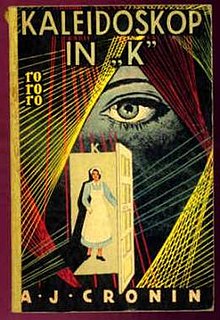
Hubert "Cubby" Selby Jr. was an American writer. Two of his novels, Last Exit to Brooklyn (1964) and Requiem for a Dream (1978), explore worlds in the New York area and were adapted as films, both of which he appeared in.

John Beradino was an American Major League Baseball infielder and actor. Known as Johnny Berardino during his baseball career, he was also credited during his acting career as John Berardino, John Baradino, John Barardino or John Barradino.
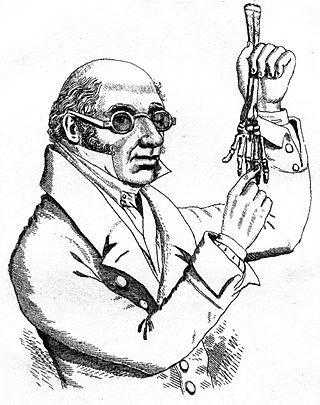
Robert Knox was a Scottish anatomist and ethnologist best known for his involvement in the Burke and Hare murders. Born in Edinburgh, Scotland, Knox eventually partnered with anatomist and former teacher John Barclay and became a lecturer on anatomy in the city, where he introduced the theory of transcendental anatomy. However, Knox's incautious methods of obtaining cadavers for dissection before the passage of the Anatomy Act 1832 and disagreements with professional colleagues ruined his career in Scotland. Following these developments, he moved to London, though this did not revive his career.

"The Adventure of the Crooked Man", one of the 56 Sherlock Holmes short stories written by Sir Arthur Conan Doyle, is one of 12 stories in the cycle collected as The Memoirs of Sherlock Holmes. It was first published in The Strand Magazine in the United Kingdom in July 1893, and in Harper's Weekly in the United States on 8 July 1893.

William Roy DeWitt Wallace;, publishing as DeWitt Wallace, was an American magazine publisher.
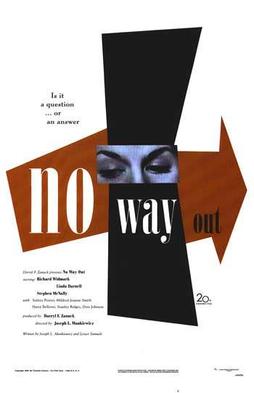
No Way Out is a 1950 American crime drama film noir directed by Joseph L. Mankiewicz and starring Sidney Poitier in his film debut, alongside Richard Widmark, Linda Darnell and Stephen McNally. The film centers on an African American doctor who confronts the racism of a poor slum, after he treats a racist white criminal.

What the Butler Saw is a two-act farce written by the English playwright Joe Orton. He began work on the play in 1966 and completed it in July 1967, one month before his death. It opened at the Queen's Theatre in London on 5 March 1969. Orton's final play, it was the second to be performed after his death, following Funeral Games in 1968.

Ariarathes III, son of Ariaramnes, ruler of Cappadocia, and grandson of Ariarathes II, married Stratonice, a daughter of Antiochus II, king of the Seleucid Empire and wife Laodice I, and obtained a share in the government during the lifetime of his father. About 250 BC he was the first ruler of Cappadocia to proclaim himself king (basileus). It is known that he sided with Antiochus Hierax in his war against Seleucus II Callinicus. Ariarathes is also said to have expanded his kingdom adding Cataonia to his dominions. By his marriage he was the father of Ariarathes IV.

Muthulakshmi Reddy was an Indian medical practitioner, social reformer and Padma Bhushan award recipient.

High Wall is a 1947 American film noir starring Robert Taylor, Audrey Totter and Herbert Marshall. It was directed by Curtis Bernhardt from a screenplay by Sydney Boehm and Lester Cole, based on a play by Alan R. Clark and Bradbury Foote.

The Royal is a British period medical drama, produced by Yorkshire Television, and broadcast on ITV from 2003 until its cancellation in 2011. The series is set in the 1960s and focuses on the lives of the staff at the fictional "St Aidan's Royal Free Hospital", a National Health Service hospital serving the fictional rural seaside town of Elsinby and its surrounding area. The programme began originally as a spin-off of ITV's period drama series Heartbeat and the first three series featured crossovers with Heartbeat and appearances by its cast members. From the start of the fourth series, the crossover elements were removed, and The Royal focussed on stories involving its own cast.
George Oliver Barclay was an American football and baseball player. He played Major League Baseball for the St. Louis Cardinals and later the Boston Beaneaters. He was also an early professional football player-coach for the Greensburg Athletic Association. He was nicknamed "The Rose" for his concern with his looks and "Deerfoot" because of his speed. Barclay also invented the first football helmet.
How We Used to Live was a long-running British educational history television series, produced for most of its run by Yorkshire Television. The series, encompassing drama and documentary, remained in sporadic production from 1968 to 2002, airing on ITV and Channel 4.

Louis Michael Martin was a piano and organ player from Belfast, Northern Ireland. He was an original member of the London-based band Killing Floor, and also worked with fellow Irish musician Rory Gallagher.
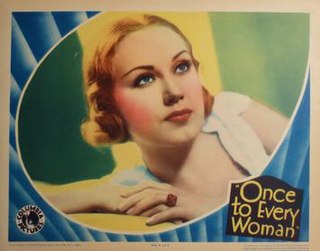
Once to Every Woman is a 1933 American pre-Code film adaptation of A. J. Cronin's 1933 short story Kaleidoscope in "K". The film was made by Columbia Pictures and stars Ralph Bellamy and Fay Wray.

Towie Barclay Castle is a historic castle in Aberdeenshire, Scotland, 4.5 miles south-south-east of Turriff. The current structure, which was built by Clan Barclay in 1593, is a Category A listed building.
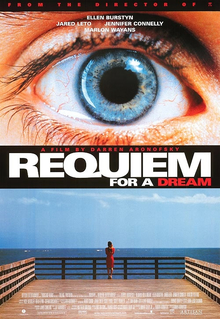
Requiem for a Dream is a 2000 American psychological drama film directed by Darren Aronofsky and starring Jared Leto, Ellen Burstyn, Jennifer Connelly, Christopher McDonald, and Marlon Wayans. It is based on the 1978 novel of the same name by Hubert Selby Jr., with whom Aronofsky wrote the screenplay. The film depicts four characters affected by drug addiction and how it alters their physical and emotional states. Their addictions cause them to become imprisoned in a world of delusion and desperation. As the film progresses, each character deteriorates, and their delusions are shattered by the harsh reality of their situations, resulting in catastrophe.
Victoria Chung was a Canadian medical missionary and physician. She was the first Chinese-Canadian to become a certified physician, as well as one of the first female interns at Toronto General Hospital. She became a surgeon and hospital administrator of the Marion Barclay Hospital for Women and Children, today the Jiangmen Central Hospital in Kongmoon, as part of the United Church's South China Mission. Her practise at the hospital spanned several decades, during the Chinese Civil War, the Japanese occupation of the Second Sino-Japanese War, and during the early days of the People's Republic of China.
Jake Selby was a Scotland international rugby union player.
